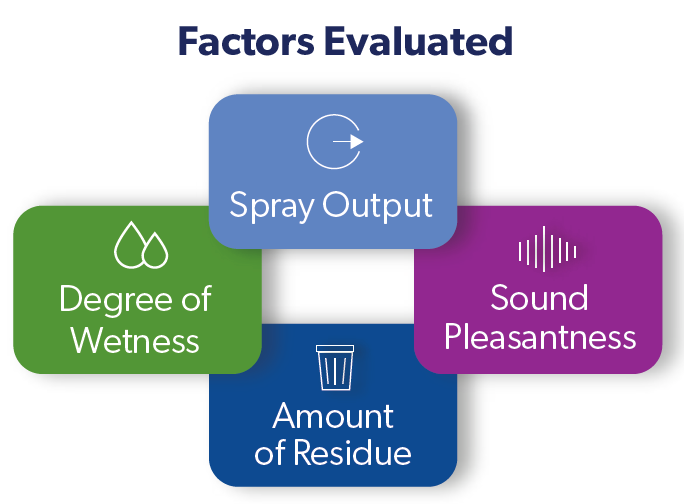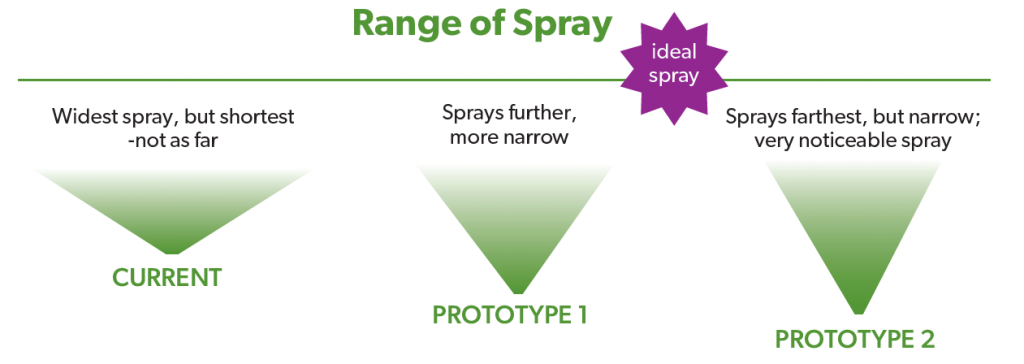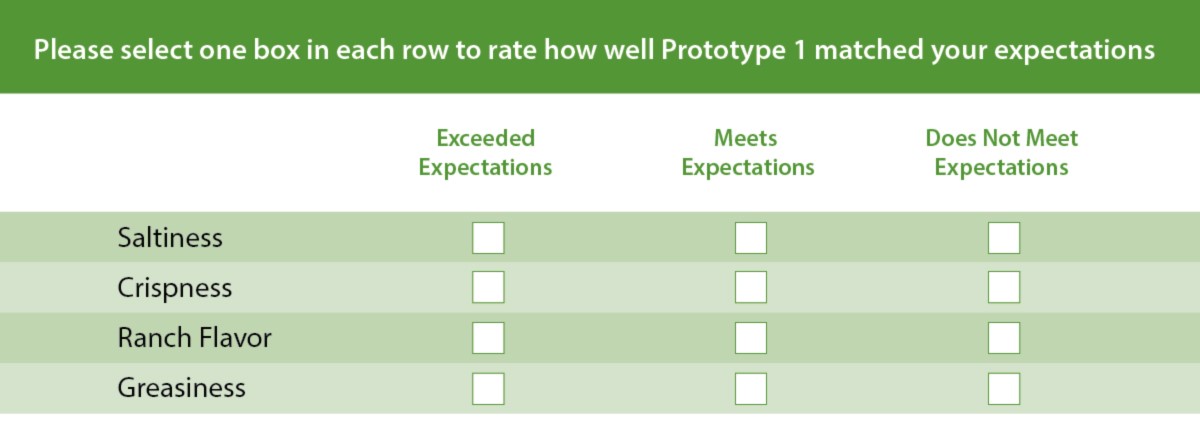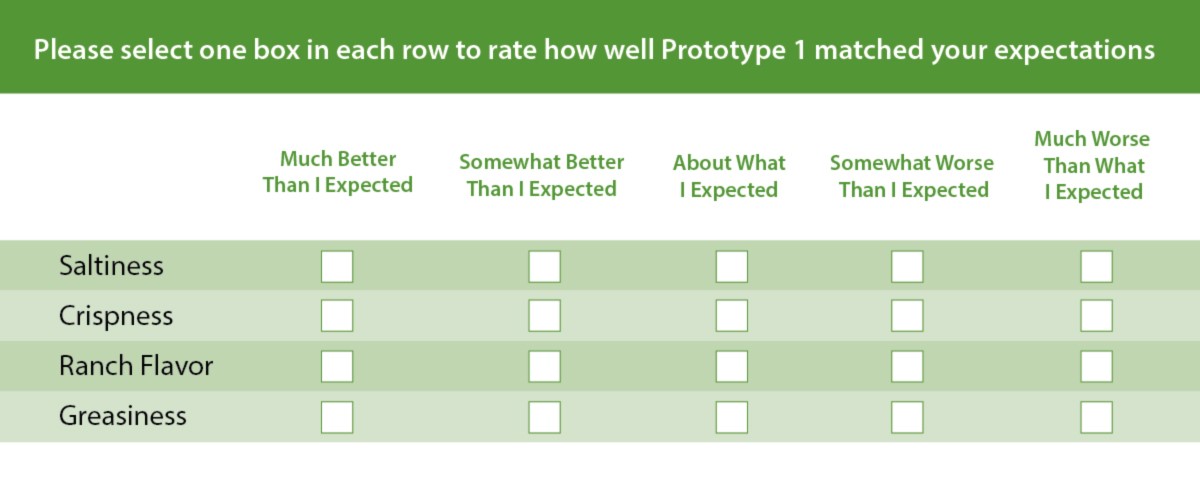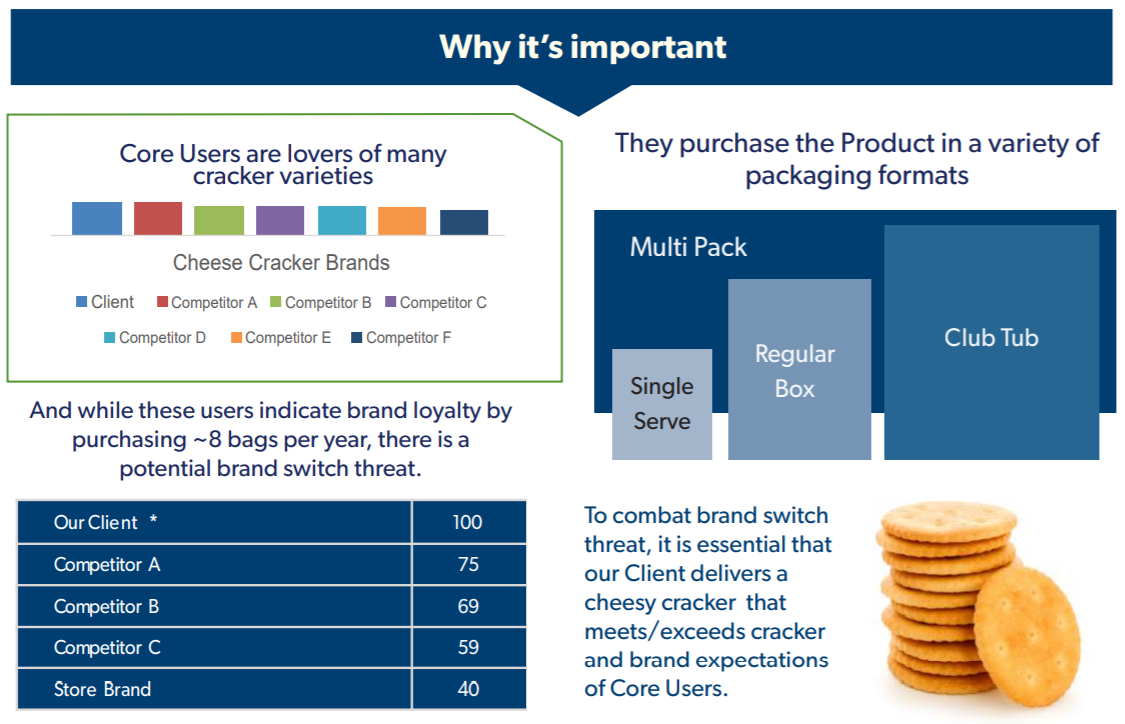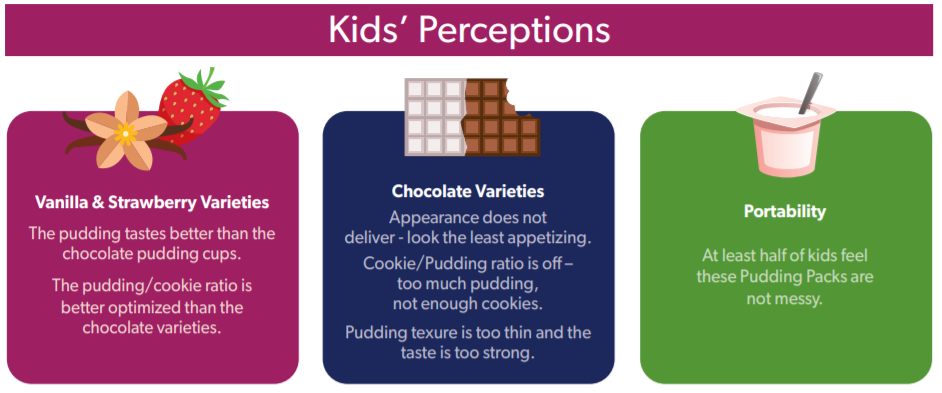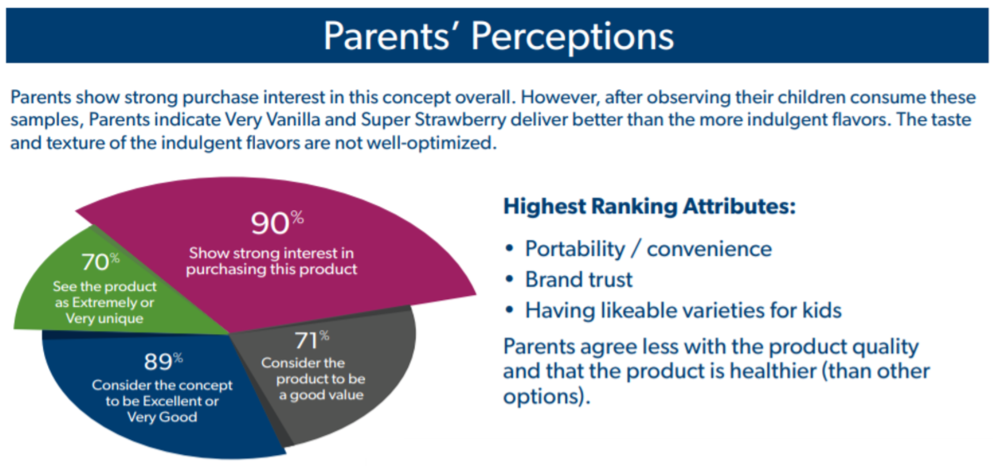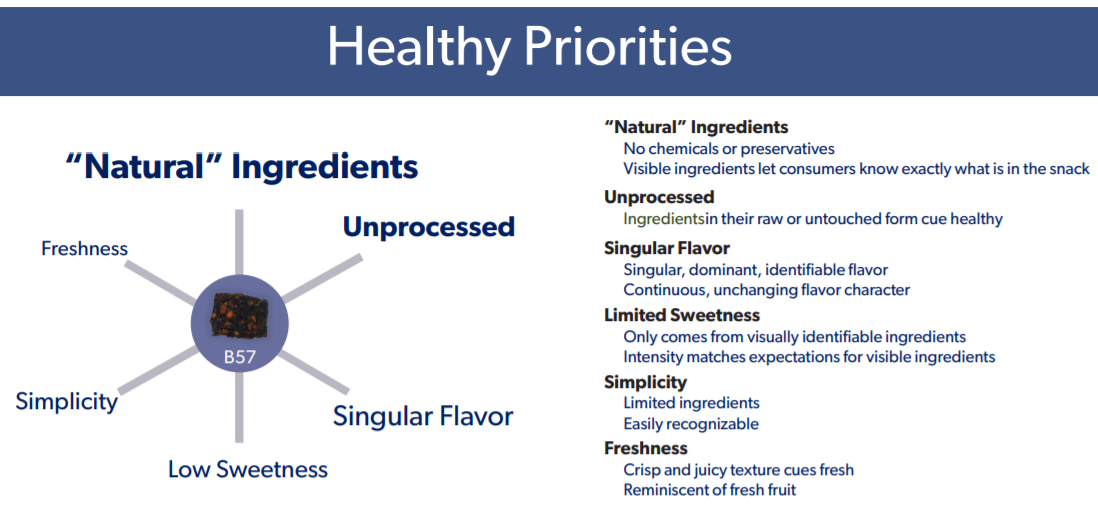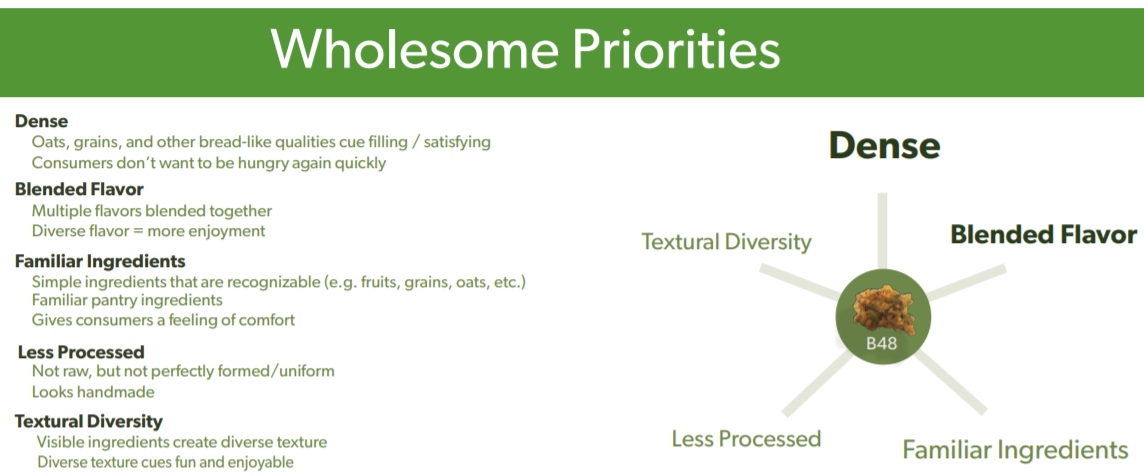The Challenge
Our client was looking to launch a new supplement to help with stress and wanted to understand the factors that contribute to stress and what the opportunity would be for their stress management supplement.
Our Approach
We conducted a Home Use Test and also asked a subset of our Home Use Test participants to record how they were feeling prior to their trial of the product and then after using the product. After reviewing their videos, we selected some participants to participate in online, moderated group discussions. Four, 60-minute sessions were conducted with three participants per session.
What We Learned


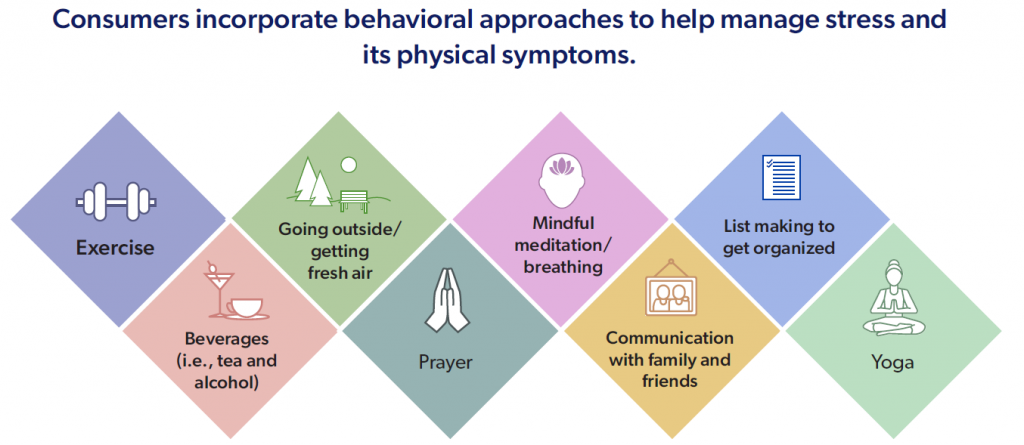
Some behaviors require more time, which is not always possible in the moment. Even with stress management techniques, anxious feelings aren’t easily cured and don’t always go away completely. Consumers spend the time to de-stress just to re-stress at the first sign of trouble.
Insights to Action
Most people are not currently using supplements to help calm themselves but would be open to it.
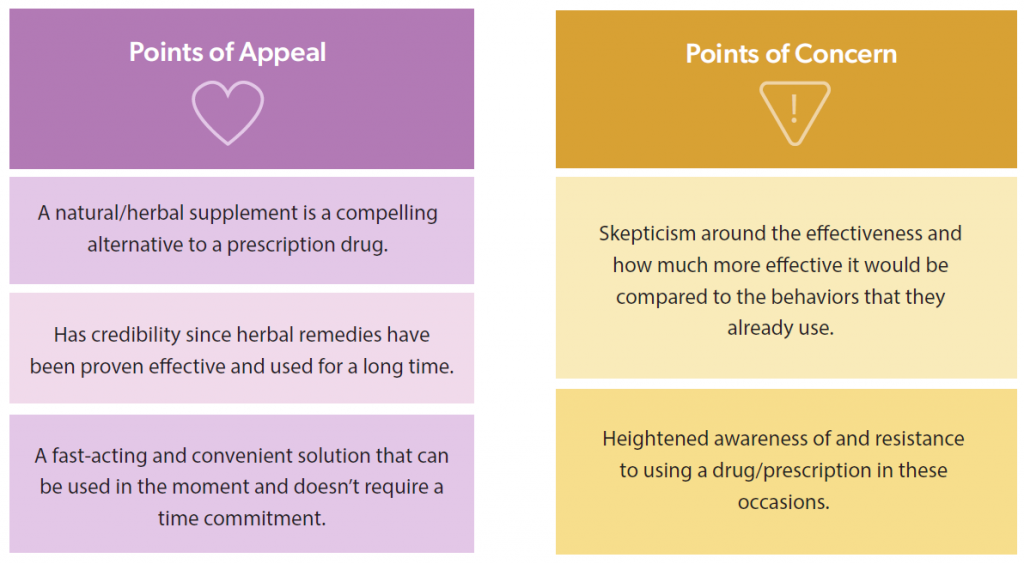
The primary benefit is feeling the relief take over (actually noticing the physical and emotional shift).

For the PDF, click here.



